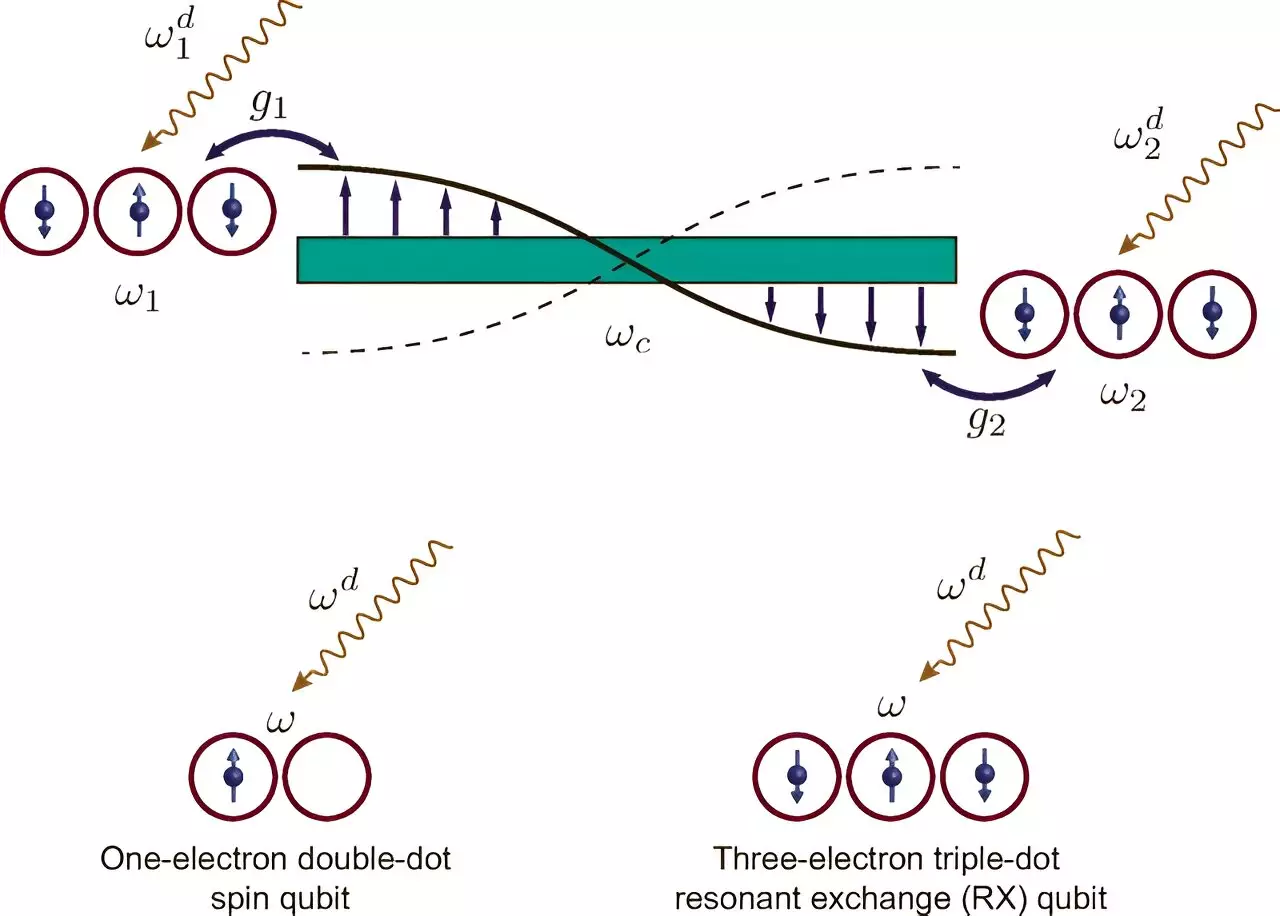Quantum computing has emerged as a transformative force in technology, leveraging the peculiar properties of quantum mechanics to outperform even the most advanced classical computers. This potential pivots on the efficient operation of quantum bits, or qubits, which can represent multiple states simultaneously—a feat unattainable by traditional binary bits. However, realizing the full power of quantum computing requires overcoming significant technical challenges, especially as we aim to scale the number of qubits to unprecedented levels.
In classical computing, information is represented in binary form using bits, which can either be a 0 or a 1. Quantum bits, alternatively known as qubits, harness the principles of superposition and entanglement. These properties allow qubits to exist in multiple states concurrently, enabling quantum computers to process vast amounts of data at speeds unattainable by current supercomputers. The theoretical upper hand offered by quantum computation lies fundamentally in its unique ability to perform extensive parallel calculations.
The key to this technological leap is scaling quantum systems to a point where they can effectively manage millions of qubits. Achieving this scale entails complex engineering challenges, as maintaining coherence across numerous qubits while enabling precise control and entanglement is intrinsically difficult. As highlighted by recent research, notably from physicists at the University of Rhode Island, a modular approach could provide the solution required to feasibly expand quantum systems.
Scaling a quantum processor is no straightforward task. Each qubit requires individual control, typically via distinct frequencies. As the number of qubits increases, so does the complexity of the control electronics needed, leading to a tangled web of interactions that can easily overwhelm current designs. This challenge is akin to scaling up a complex circuit board filled with countless components struggling to communicate effectively.
In contemplating a way forward, researchers are exploring modular designs akin to building structures with LEGO blocks. These modular systems propose smaller, manageable arrays of qubits connected by strong entangling links that maintain functionality over considerable distances. This strategy significantly simplifies the scaling process, allowing researchers to enhance quantum computing’s capabilities without being encumbered by the constraints of traditional scaling methods.
Modular Systems: The Key to Flexible Qubit Interactions
The innovative research led by Professor Vanita Srinivasa and her colleagues introduces comprehensive methods to knit together qubits in a more flexible and efficient manner. Their framework allows for the application of oscillating voltages to qubits, thereby generating sideband frequencies. This enables multiple linking options between qubits and the essential microwave photons, enhancing the overall coherence and allowing multiple qubits to interact without necessitating exact frequency matches.
This modular routing of quantum information is essential for performing entangled quantum operations—a cornerstone of quantum computation. The ability to link qubits via these sideband frequencies creates a rich tapestry of potential interactions, expanding the operational toolkit available to quantum engineers and paving the way for innovative applications.
Overcoming Limitations in Quantum Networks
A noteworthy advantage of this modular approach is its reduced sensitivity to photon leakage, a common issue in quantum systems that can disrupt operations. Enhanced robustness in long-distance linking reflects a critical improvement in quantum communications, ideally suited for future quantum networks. With the modular approach facilitating various types of entangling operations, researchers can harness these innovations for more versatile quantum algorithms and potentially unlock new realms in quantum simulations and calculations.
This diversified resonance capability not only streamlines the integration of new qubits into existing systems but also promises to enhance the performance of established systems, making quantum computational power more accessible than ever before.
Looking Forward: The Future of Quantum Computing
While the practical realization of fully modular quantum processors still lies ahead, the directions outlined by this research provide a promising foundation for future advancements. The ongoing exploration of quantum dot-based spin qubits and their interactions through microwave photons illustrates the dynamic fabric of quantum research. With every study and breakthrough, humanity inches closer to unlocking the full potential of quantum technology.
Collaborative efforts across the field emphasize that the future of quantum computing hinges on adaptability, flexibility, and modularity. As we refine strategies to orchestrate qubit interactions through innovative methodologies, we stand on the brink of a new era in computational efficiency and capability, one that could significantly reshape technology as we know it.


Leave a Reply